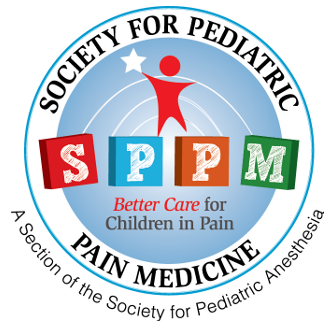New Website Launched by Australian Pain Experts, Youngpainhealth

A new website, Youngpainhealth, has been launched by a team of experts from Australia, with the aim of supporting young people’s musculoskeletal pain self-management and clinician co-care. The website was co-designed (design and content) with young people 16-24 years and clinical interdisciplinary experts. Follow the link for this excellent, free resource: https://youngpainhealth.com.au/
Introducing SPPM’s New Psychology Liaison!
We are honored to have Dr. Alvina Rosales join the SPPM Board as our psychology liaison! You may remember Dr. Rosales from her excellent talk at our most recent meeting in Austin. Alvina Rosales, PhD is a pediatric psychologist at Children’s Hospital Los Angeles and Assistant Professor of Clinical Anesthesiology at the Keck School of […]
Efficacy of Non-pharmacological Interventions to Reduce Pain in Children with Sickle Cell Disease: A Systematic Review

Sickle cell disease is one of the most painful syndromes presenting in children and youth. Even with liberal use of analgesics, including opioids, pain can often be difficult to manage. A systematic review looks at non-pharmacological interventions that can supplement pain management strategies. Read the paper here: https://onlinelibrary.wiley.com/doi/epdf/10.1002/pbc.30315
Question of the Month – May 2023
SPPM 2023 Meeting Highlights

Thank you to all our attendees of our 10th anniversary Annual Meeting in Austin, Texas. We had record attendance this year with attendees joining in-person and virtually. Check out the meeting highlights in our slide show, and we will see you next year in Anaheim, California!
